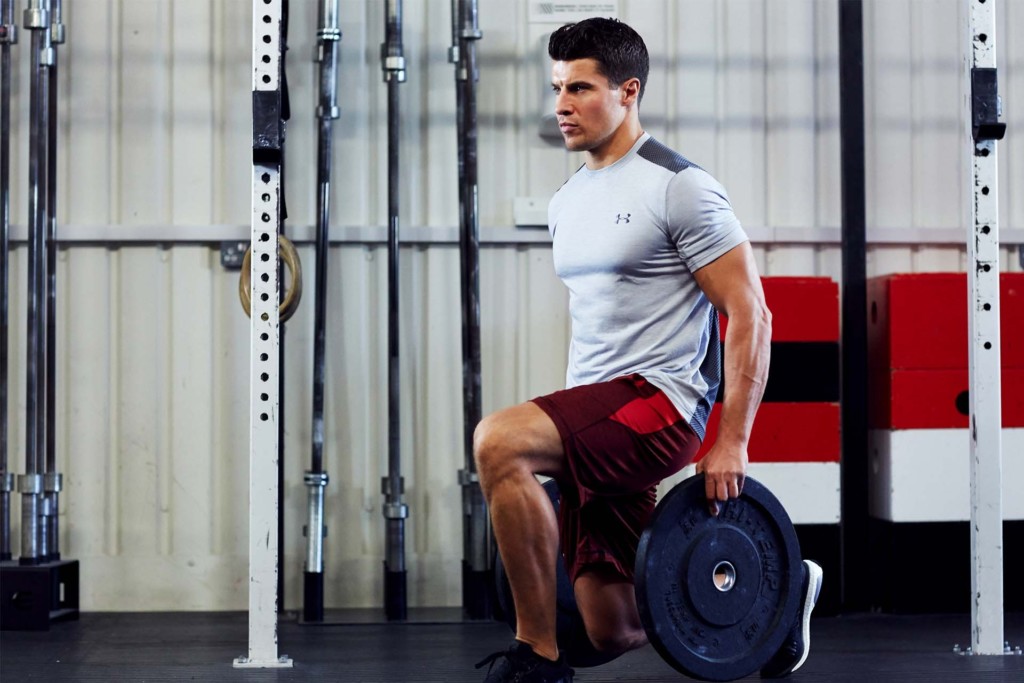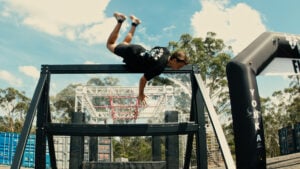Presented in partnership with OAK Chocolate Milk
We all have busy schedules. Trying to squeeze in a 45-minute training session at the end of every second day can be an inconvenience at best, and before you know it you’re out of the gym and caught up in those daily priorities.
Except your workout doesn’t end with your last rep; what you do before and after your workout can have a huge impact on the effectiveness of your session and prevention of injury. It will also improve your body’s recovery rate and allow you to train harder and more frequently in the future.
We don’t want your hard work to go to waste, so take on-board these five simple tips to maximise the productivity of your next workout.
1. Cool Down
If you race to the gym exit just after finishing your last set, your heart rate will struggle to cope with the rapid change of pace. A solid workout will bring your heart rate to the near maximum (220 minus your age for the recommended rate), so you’ll need to do at least five minutes of light exercise to bring it down to the resting rate of 60-80 bpm!
By doing so, metabolic waste products from your body can be easily expelled and you prevent blood from pooling in the veins. It’s recommended that your cool down exercise targets the specific area of the body you just damaged in your workout for example try a light rowing machine to cool off if you’ve focused on your upper body during your workout.
2. Roll
It’s probably going to hurt, but performing SMR (self-myofascial release) is both a great pre and post-workout option. It enhances blood flow and circulation while untying those knots in your soft tissue.
Breaking up the superficial layer of tissue will help you get a deeper stretch and will improve your overall flexibility. It’s also useful to roll in the 24-36 hrs after your workout, particularly if you feel tightness in your upper leg. It’s all about rehabilitation so you’re ache and pain free to go again in the coming days!
3. Stretch
Stretching is probably the most important aspect of any post-workout routine. If you don’t stretch, your muscles will take a considerably longer time to recover and that heavy, aching feeling you get when you wake up the next day will be a lot worse.
They key is to not be too short or sharp with your stretching. Holding your position to where it’s uncomfortable, but not painful is deal however, only you can judge that difference. You should aim for up to 10 minutes of flexibility training after every workout. Like your cool down exercises, target the area of the body most effected by your training. A focus on diaphragmatic breathing will help you and your muscles relax, and if you’ve done your stretching routine correctly, you’ll see bigger gains in the long run.
4. Drink It Up
Effective hydration regulates body temperature and lubricates the joints. It’s important you drink water during the intervals between sets in your workout, as your sweat tries to desperately cool down the body, and the loss of fluids will result in negative effects on your performance.
While it’s important to drink water during your workout, scientists have also found that chocolate milk is the best post- workout drink you can get, as it contains all the nutrients your body needs to replenish itself from exercising.
Physiologist Joel Stager, director of the Human Performance laboratory at Indiana University, released a study suggesting that compared to plain milk, water and specialised sports drinks, chocolate milk has double the carbohydrate and protein content, allowing you to recover more effectively from your workout than other alternatives. For Aussies, OAK chocolate milk is the perfect recovery option; when consumed within an hour of exercise, OAK helps replace the lost glycogen stores and repair your muscle fibres easily so your body recovers quicker – plus, it’s a delicious alternative to protein shakes.
5. Get Some Protein In
Despite common belief, this isn’t critical immediately following your workout. How much protein you consume often comes down to your overall intake for that day. It may seem counter intuitive to some, especially those trying to lose weight, but when you’re working out your body burns fat for energy. The food you eat afterward repairs and refuels the body rather than replacing this fat.
Your repair time frame – also called the Anabolic window – can range from 24-36 hrs post-workout. In this period, you’re looking to consume a consistent protein and amino acid centric diet, though as for the exacts amounts, that’s uncertain. It depends highly on your training program and body size.
















